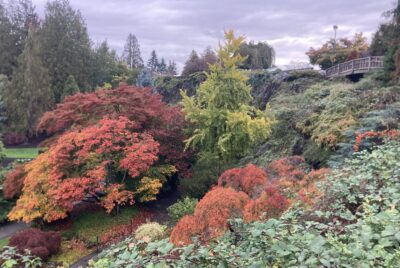RESEARCH
People-Plant Programming: Nightshade Fruit and Vegetables
The memory-smell connection can be used therapeutically to trigger reminiscence, counter negative responses to smells, and stimulate positive moods, utilizing tools like aromatherapy and plant activities.
Program Types: Therapeutic
Setting or Context: Natural Areas/Parks/Forest
Health and Wellness Outcomes: Improved Mental Health, Enhanced Emotional Well-being, Improved Stress Management, Improved Cognitive Function, Sensory Stimulation, Increased Self-Efficacy
Allied Profession Intersections: Recreational Therapy
Type of Activity: Sensory Stimulation
Evidence Type: Peer-Reviewed Studies
Measurement and Evaluation: Metrics for Mental Health
Access: Free
Print Form
Summary
The Nova Scotia Horticulture for Health Network article highlights memory-smell connections as a pathway to health. The research referenced shows that odors evoking positive autobiographical memories can increase emotional and physiological responses, decrease negative mood, disrupt cravings, and reduce stress. Activities using this connection include aromatherapy, horticultural therapy/recreation therapy sensory stimulation, and plant activities. Plant aromas can be used to trigger reminiscence, counter negative smell associations, and stimulate positive moods. Ultimately, practitioners can use this knowledge to design therapeutic interventions that leverage the power of scent to improve client well-being.







